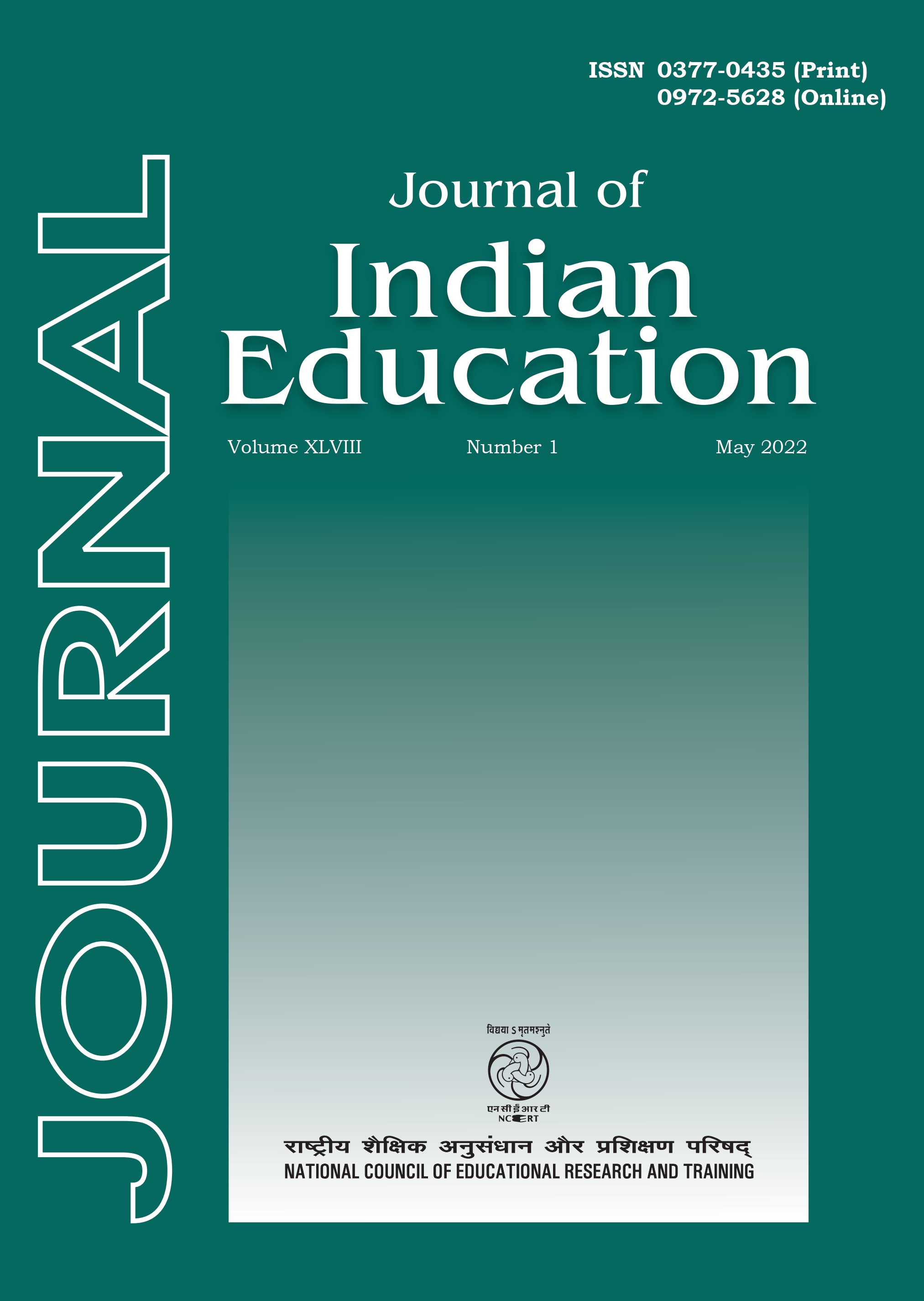Bullying among Adolescents Prevalence, Gender differences and Factorial Relationship with Family Environment and Parental Attachment
Published 2022-05-31
Keywords
- Mental Health,
- Family Environment
How to Cite
Abstract
Bullying among adolescents poses serious threat to the well-being and mental health of youth. The negative consequence associated with its involvement makes it vital to take into account the underlying variables that can play an integral role in this phenomenon. The present study assessed the prevalence of bullying and aimed at studying the relationship of familial variables namely, family environment and parent attachment (mother and father) with bullying. Moreover, the gender differences in bullying were also examined. The sample comprising of 614 adolescents (323 girls and 291 boys) aged 12–18 years were administered the Illinois Bully Scale, Family Environment Scale, and Inventory of Parents and Peer Attachment. The data was analysed using percentage analysis, independent sample t-test and Factor Analysis. The results revealed that bullying was highly prevalent in the present sample and there existed an inverse relationship of bullying with independence, achievement-orientation and control in terms of family environment among boys. In case of girls, there was a direct structural relationship of bullying with mother and father alienation. The findings also depicted significant gender differences in bullying with adolescent boys being more involved in bullying their peers at schools than adolescent girls. It can be concluded that there seems to be a high prevalence of bullying among adolescents and gender and family context plays an integral part in this phenomenon. Results are further discussed in the light of obtained findings.

